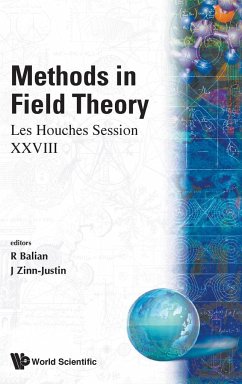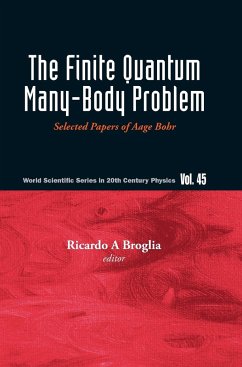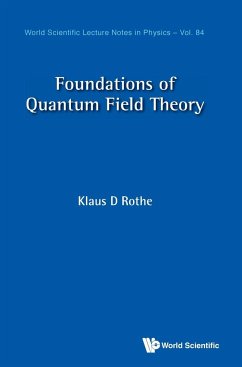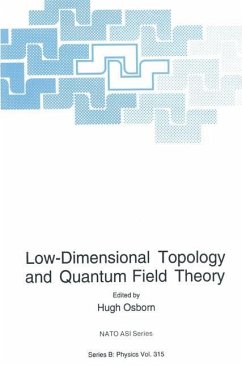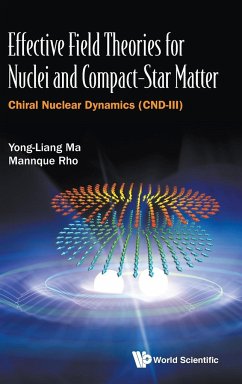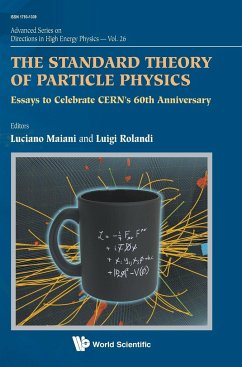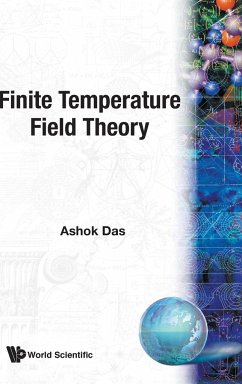
FINITE TEMPERATURE FIELD THEORY
Versandkostenfrei!
Versandfertig in 1-2 Wochen
129,99 €
inkl. MwSt.

PAYBACK Punkte
65 °P sammeln!
"This is an excellent book that will be useful both as an introduction for students and as a comprehensive reference for experts. The emphasis throughout is on fundamentals. Professor Das carefully develops finite temperature field theory using imaginary time, real time, and thermofield dynamics. He explains essential techniques from zero-temperature field theory (e.g. BRS invariance, cutting rules for Feynman diagrams, effective potentials and Nielsen identities) so well that the extension to finite temperature is almost effortless. Anyone interested in the subject should own this book." H Ar...
"This is an excellent book that will be useful both as an introduction for students and as a comprehensive reference for experts. The emphasis throughout is on fundamentals. Professor Das carefully develops finite temperature field theory using imaginary time, real time, and thermofield dynamics. He explains essential techniques from zero-temperature field theory (e.g. BRS invariance, cutting rules for Feynman diagrams, effective potentials and Nielsen identities) so well that the extension to finite temperature is almost effortless. Anyone interested in the subject should own this book." H Arthur Weldon West Virginia Univ. This book discusses all three formalisms used in the study of finite temperature field theory, namely the imaginary time formalism, the closed time formalism and thermofield dynamics. Applications of the formalisms are worked out in detail. Gauge field theories and symmetry restoration at finite temperature are among the practical examples discussed in depth. The question of gauge dependence of the effective potential and the Nielsen identities are explained. The nonrestoration of some symmetries at high temperature (such as supersymmetry) and theories on nonsimply connected space-times are also described thoroughly. Other topics include (1+1)- and (2+1)-dimensional field theories at finite temperature and phase transitions, derivative expansion, linear response theory and the question of infrared divergences at finite temperature. In addition, examples of nonequilibrium phenomena are discussed with the disoriented chiral condensates as an illustration. This book is a very useful tool for graduate students, teachers and researchers in theoretical physics.






